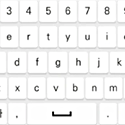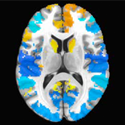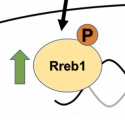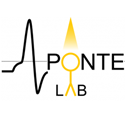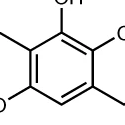Investigation of daily patterns for smartphone keystroke dynamics based on loneliness and social isolation. Biomed Eng Lett
The current paper used a custom Android keyboard to study human behavioral patterns linked to loneliness over a five-week period and found distinctive patterns within the severe loneliness group. The study showcases a new digital biomarker to decode mental health conditions.
[Read More]
